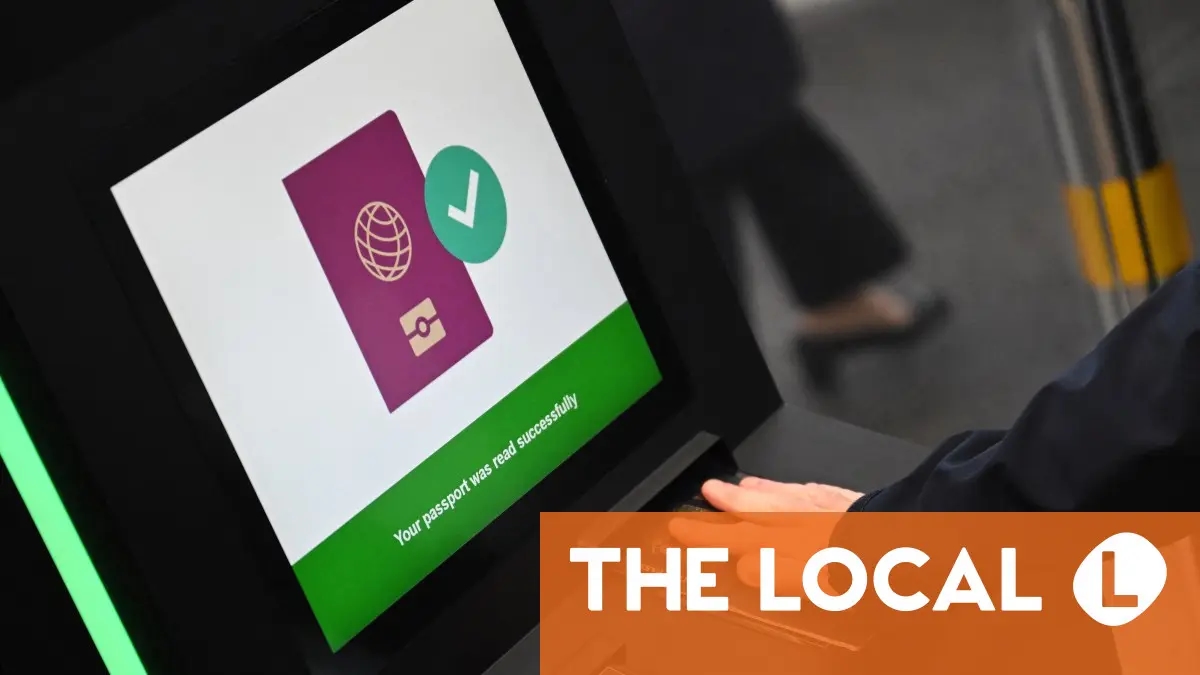Three more airports in Spain introduce EES border checks

After new biometric border controls were rolled out at Madrid-Barajas airport over the weekend, several other airports across Spain have now introduced the new European-wide Entry Exit System (EES).
Several Spanish airports have begun using the new European automated biometric border system, known as the Entry Exit System (EES).
Madrid-Barajas airport on Sunday was the first Spanish base to roll out new long-awaited border procedures as part of the new EES for registering non-EU foreigners entering the Schengen area.
Press agency Europa Press now reports that Tenerife North, Seville and Burgos airports have this week joined Madrid-Barajas and are also already using the new system, reportedly "without incident".
READ ALSO:
Spain's Interior Minister, Fernando Grande-Marlaska, on Tuesday highlighted the "satisfactory start" and notable "absence of incidents" of the transition to the EES system in Tenerife North, Seville and Burgos, which will phased in across the country's air hubs and the rest of the EU by April 2026.
Of the three, Seville Airport has the most non-EU air traffic with direct flights to the UK, Morocco and Turkey. Tenerife North on the other hand operates mainly national flights and Burgos Airport has zero commercial flights. This suggests that Spain is continuing with its slow introduction of the EES system.
The first trial run at Madrid-Barajas, which took place on Sunday morning between 6 am and 10 am, successfully processed 1,833 passengers arriving from Canada, the US, China, Argentina, Morocco and the UK.
"The system showed its stability and efficiency during the progressive connection period, with no delays or backlogs for the traveller, even with shorter processing times than usual," Marlaska said.
"The automation of the registration process will allow for greater fluidity in border controls and will improve their security and efficiency in the short term," he added.
The EES is a new form of "intelligent border checks" for non-EU residents who enter the Schengen Area, notably the taking of biometric data such as the photographs and fingerprinting.
This doesn't change anything in terms of the visas or documents required for travel, or the rights of travellers, but it does change how the EU's and Schengen area's external borders are policed.
It's essentially a security upgrade, replacing the current system that relies on border guards with stamps with an electronic swipe in/swipe out system that will register more details such as immigration status.
READ ALSO: Travel to Spain - Your questions answered about EES and ETIAS
Please sign up or log in to continue reading
thelocal



.png&w=3840&q=100)
